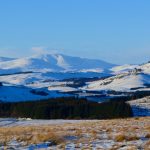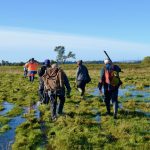Local residents and visitors to the Ecomuseum area will have an exciting opportunity to experience a taste of life in the Iron Age this summer.
We are currently finalising plans for a ‘pop-up’ Iron Age village, which will take place in the Diamond Jubilee Park in Alyth over the weekend of July 5-7. A packed programme of free cultural heritage activities will include sessions on Iron Age crafts as well as demonstrations of traditional skills.
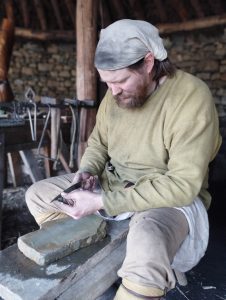
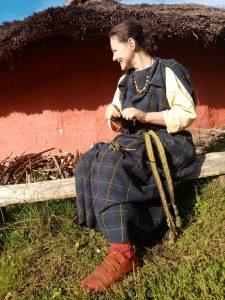

Images courtesy of, from left, Heritage Blades, Pario Callico and Pictavia Leather
There will be foraging walks, story-telling sessions, re-enactments and ancient pigment painting, and a market for artisan crafters and makers, all aimed at revealing how the story of our past can help guide the story of our future.
This event is part of our wider Museum of Rapid Transition programme, supported by the Heritage Lottery Fund and the Drumderg Windfarm Community Benefit Fund, which aims to show how our heritage can inspire people to take action to help tackle the climate and biodiversity crises.
There are a number of important Iron Age (800 BC to AD 400) sites in the Cateran Ecomuseum, including a significant number of souterrains – stone-lined underground passages and chambers often associated with settlement – and one of the best-preserved examples of an enclosed hilltop settlement, Barry Hill Fort near Alyth.

Barry Hill Fort. Image courtesy of Perth and Kinross Heritage Trust
The Perth & Kinross Archaeological Research Framework tells us that the Iron Age in Scotland was a transition from the Bronze Age around 800 BC, extending to around 400AD. It is a period that sees significant technological advancements in metalworking, and the development of dramatic new monument forms, such as forts, souterrains, crannogs, brochs, duns and monumental roundhouses. There is also a significant material legacy of interaction with the Roman Empire both in terms of material culture and sites constructed during the Roman military campaigns and periods of occupation.
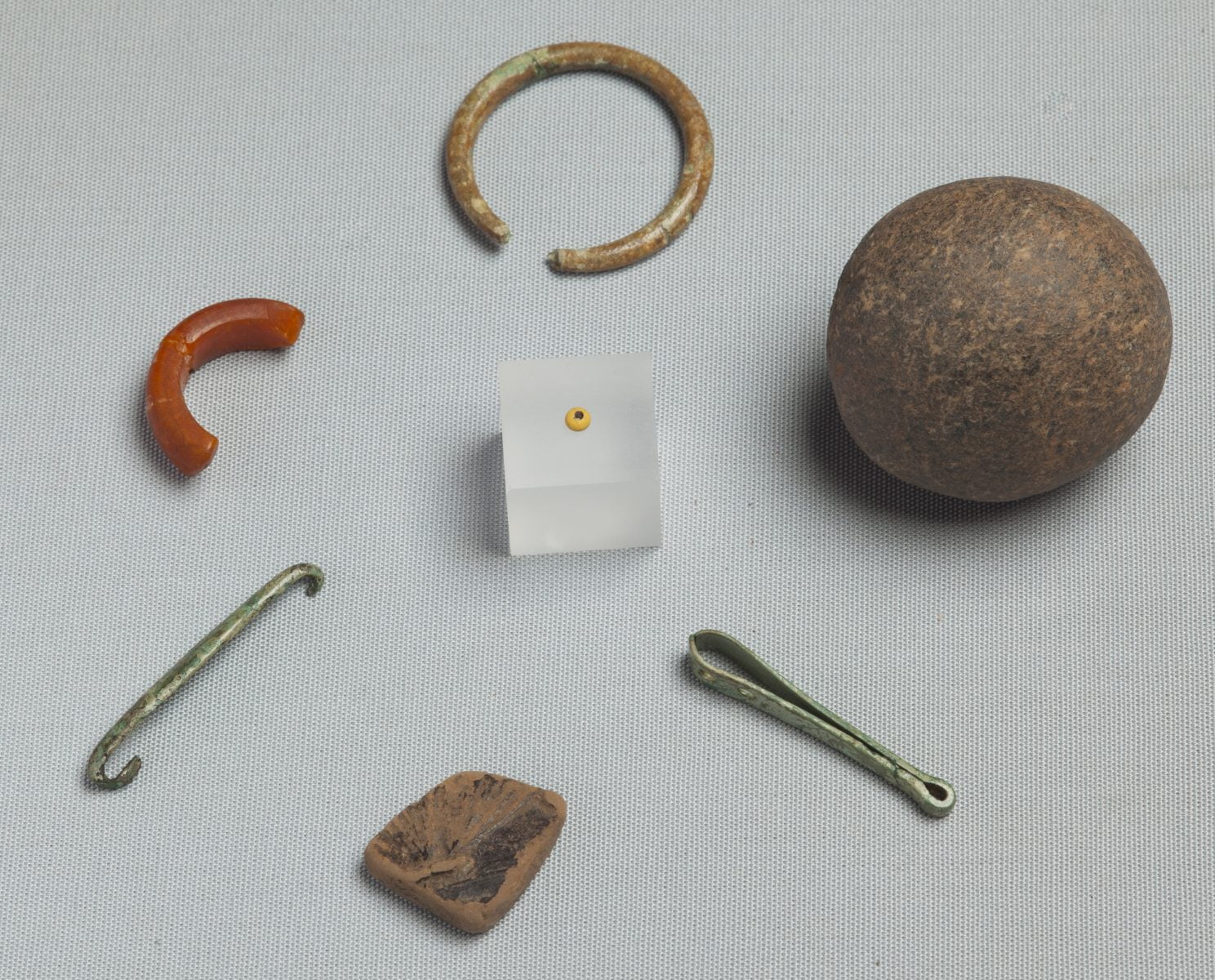
Objects found at Shanzie soutterain, photo courtesy Perth Museum
It was also a period of major climate change. Around the beginning of the Iron Age (c.700BC) there was an abrupt shift in annual temperature and at 750 BC the climate becomes very much wetter with a steadily declining temperature up to c.400BC. This is followed by particularly extreme temperature oscillations between 400-200 BC. These were highly variable but always falling which continued until AD 400. This early Iron Age climate deterioration was triggered by a Grand Solar Minimum (solar energy dramatically & sharply reduced) which is why it started and ended suddenly. Humanising this data, we’re talking about a sudden temperature drop by 2.5° c.750-400 BC. This would have had an enormous impact on upland populations in particular, crops would consistently fail, there was more rain, it was colder and the ground becoming marshier and boggier, made worse by the considerable woodland clearance for farming in the Bronze age.
Read the final programme here.
Check out our events page for more details about the programme, including how to arrive by public transport.
Featured image reconstruction of Barry Hill by Simon Edwards | www.s-edwards.com
